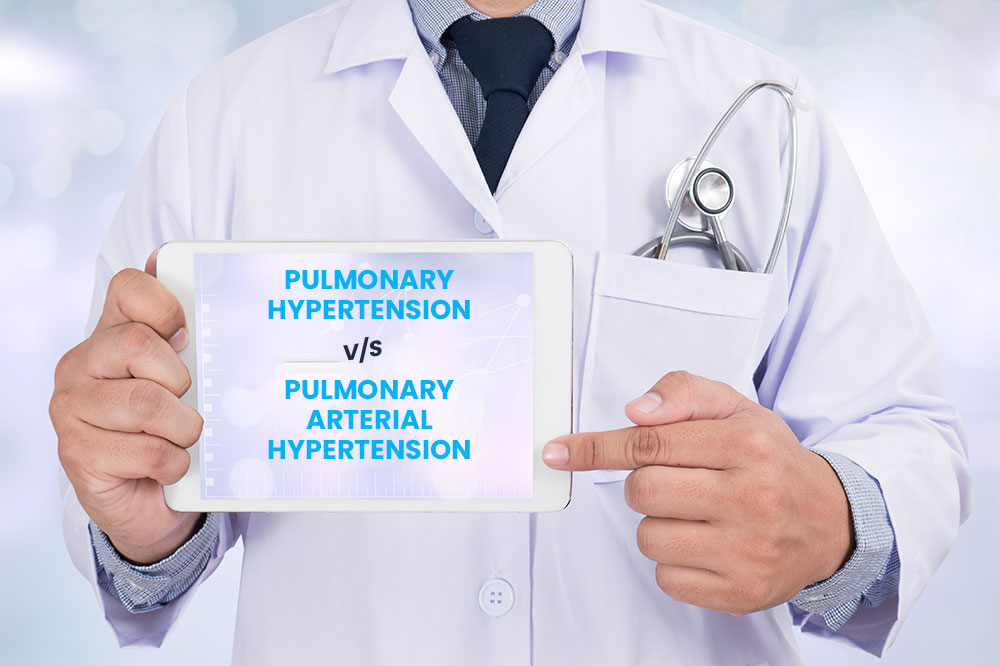
PH vs. PAH – Understanding the Differences
People often confuse pulmonary arterial hypertension (PAH) for pulmonary hypertension (PH). PH is an increase in pressure in the lung’s arteries. This pressure could be due to several accompanying health conditions, such as heart disease or OSA. However, in PAH, the pressure elevation is caused when there is a problem in the lung’s arteries itself and not because of accompanying health conditions. This article explains the differences between pulmonary arterial hypertension and pulmonary hypertension.
1. Definition
As mentioned, pulmonary hypertension is the term used to describe high blood pressure in the lungs triggered due to various health factors. On the other hand, pulmonary arterial hypertension is when the lung’s arteries tighten and stiffen up. The arteries get narrow, and the right part of the heart has to pump blood with more force, causing the organ to enlarge. As a result, the heart’s ability to pump blood to the lungs and various organs is compromised.
2. Treatment
The treatment methods for both pulmonary hypertension and pulmonary arterial hypertension are different. Understanding this difference is crucial because using PH treatment for a person who does not have the condition can cause severe health damage. PH cannot be cured but is managed by diagnosing and treating the underlying problem causing increased blood pressure in the lungs. For example, a patient with sleep apnea can be given therapy using the CPAP machine and mask.
On the other hand, PAH is treated with the help of various therapies, such as diuretics, oxygen therapy, exercise, digoxin, and anticoagulation. The specific treatment used can differ from case to case, depending on the patient’s health and the doctor’s recommendation. PAH treatment options include oral, inhaled, subcutaneous, and intravenous methods.
3. Types
According to the World Health Organization (WHO), there are five different types of pulmonary hypertension based on the cause of the disease. These are classified into five groups as follows:
- Group 1: Pulmonary arterial hypertension
- Group 2: PH due to left heart disease
- Group 3: PH due to lung disease
- Group 4: PH due to blood clots in the lungs
- Group 5: PH of which causes are unknown
On the other hand, pulmonary arterial hypertension is classified into four types:
- Associated PAH
- Environmental PAH
- Heritable PAH
- Idiopathic PAH
4. Diagnosis
There are different ways to diagnose pulmonary hypertension, including blood tests, cardiac MRI tests, chest X-rays, and echocardiograms. These can also help determine the underlying cause of the condition. However, the only way to diagnose pulmonary arterial hypertension is right heart catheterization that gives information regarding the heart’s health.
Understanding the above differences between PH and PAH can make it easier to deal with these problems. If confused, it is best to seek professional advice about the associated factors.


